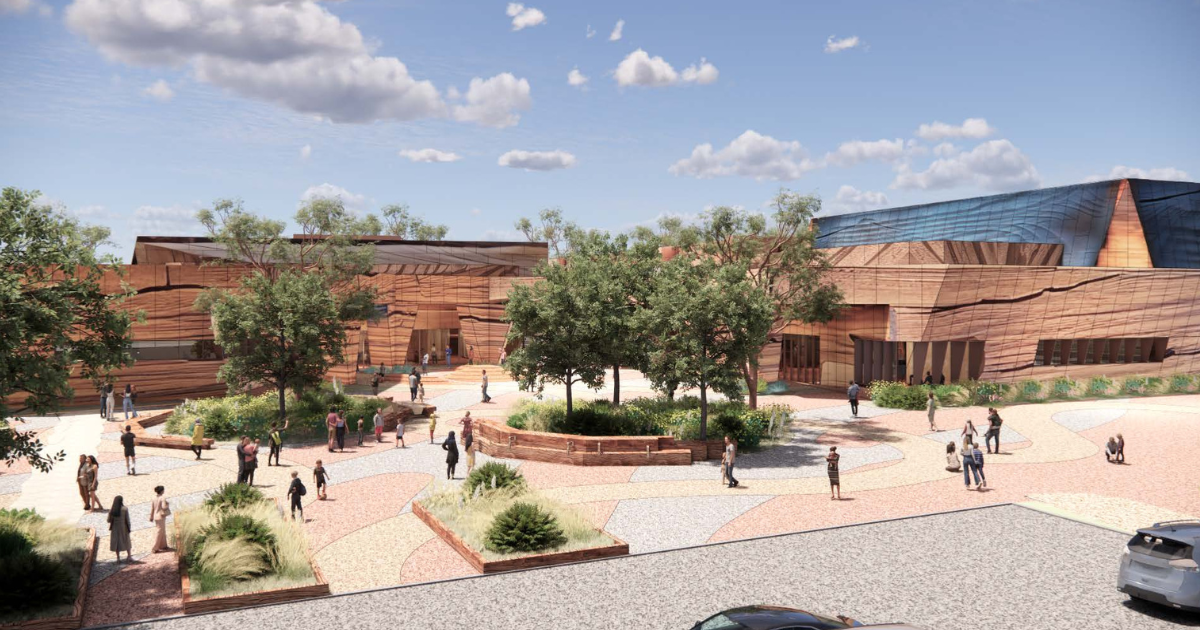Peak body urges impediments to housing supply to be addressed
With the federal enquiry into housing affordability and supply now completed and recommendations released, Australia’s peak building body, the Housing Industry Association (HIA), says it is time that all levels of government stepped up to meet the challenge.
HIA managing director, Graham Wolfe said the recommendations set out in the release of the federal inquiry put a number of important recommendations on the table to improve housing supply.
“The recommendations point to the opportunity for the Australian government to play a significant role in ensuring more households are given the opportunity to become home owners,” Mr Wolfe said.
“We are pleased to see further recognition of the impact the high impost of upfront taxes and charges have on the affordability of new homes, Stamp Duty being one of the most egregious offenders.
Support from the Australian government will enable states to accelerate reforms to remove this tax.”
The report also recommends that states reverse the bracket creep that has seen stamp duty costs sky-rocket in recent years, and also recognises the direct impact this tax has on housing affordability.
Mr Wolfe said the HIA also welcomes the inquiry’s focus on reform of development contributions to deliver an equitable and transparent approach to these direct taxes on family homes.
The HIA continues to call for these taxes to be removed and a new model for funding community based infrastructure identified, where they remain in place they must have a nexus to the households that pay and a commitment to deliver the infrastructure in a timely way.

“The recommendation that first homebuyers should be allowed to leverage their superannuation as a guarantee for a first home loan reflects HIA’s long held position that there are other ways Australians can be assisted to bridge the deposit gap and achieve home ownership sooner,” Mr Wolfe said.
“The inquiry’s caveat that such a move should only be implemented if the supply of housing can be improved at the same time also reflects a pragmatic approach.
“HIA recently commissioned polling which found that most people feel that owning your home is important to their financial security.
“The community recognises that both home ownership and superannuation are important determinants of financial security in retirement.”
The polling also showed that people consider home ownership in their retirement to be equally important as superannuation.
Furthermore, it showed that the community is concerned that those who do not own their own home will face financial challenges in retirement.
Mr Wolfe said the housing affordability challenges facing Australian households can only be addressed if the supply of housing can align with demand.
HIA estimates that we will have to build 1.66 million houses by 2030 just to keep up with the demand from population growth.
“HIA looks forward to working with government to see these recommendations progress,” Mr Wolfe concluded.
In the Grattan Institute’s submission summary to the enquiry, they explained that Australian housing has become increasingly expensive, and public anxiety about housing affordability is rising.
They also expressed concern that home ownership rates are falling, especially among the young and the poor, and that without change, many more young Australians will be locked out of the housing market.
House prices have risen as interest rates have hit record lows, while tax and welfare settings and rapid migration fed demand.
The Grattan Institute also submitted that housing costs would have risen less if more housing had been built.
Put simply, we have not built enough housing to meet the needs of Australia’s growing population.
Australia has among the least housing stock per adult in the developed world, and is one of only a handful of developed countries in which housing stock per capita has been stagnant over the past 20 years.
The mismatch between supply and demand has created a ‘zoning premium’ for well-located housing that benefits existing property owners but imposes additional costs on new purchasers and renters.
The Grattan Institute suggested that building an extra 50,000 homes a year for a decade could result in Australian house prices and rents being up to 20 per cent lower than they would have been otherwise.


















